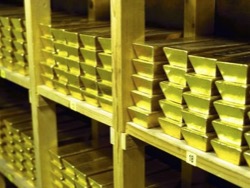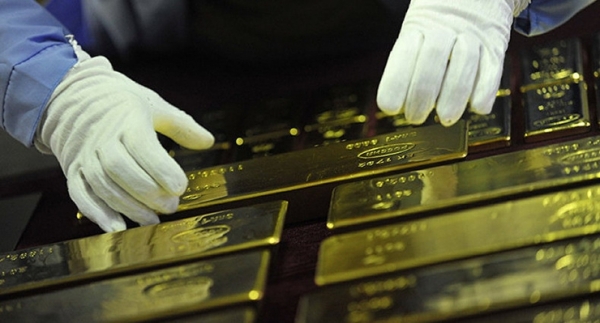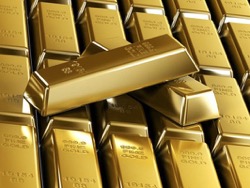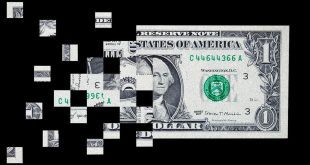
Canada’s gold reserves to 3 March 2015 reduced to zero, said Thursday the Ministry of Finance of the country.
A month earlier, Canada had 1.7 tons of gold reserves, at the end of 2015, according to the world gold Council, — about 3 tons.
At this level, canadian gold reserve was kept from the 2013 year, accounting for only 0.1% of the total reserves — at least for developed economies.
As a result of sales in early 2016, Canada became the first country in the G-20 left without gold reserves.
“The decision to sell gold was not tied to the dynamics, the sale took place over time in an organized manner,” said Global News the official representative of the canadian Ministry of Finance.
Professor of the School of business at Carleton University in Ottawa Ian Lee explains what is happening through the loss of gold status as a reserve asset for Nations. According to him, no other reason to keep tons of gold in reserves, except for “empty traditions”, at the moment.
“Gold is no longer currency. This Trametal like silver, and it can be sold like any asset,” said Lee in an interview with Global News.
According to the statistics of the world gold Council, Canada has launched an active sale of their stock in the mid-1980s. By that time its reserves were slightly more than 600 tons.
To 1995 year this stock has decreased in 6 times (up to 105 tons), 2000-th year — twofold (up to 46 tons). Active sales in 2002-m and 2003-m to year has lowered the amount of reserves of up to 3.4 tons that were stored in the canadian national Bank until the beginning of 2016 year.
Note that not all countries share of canadian politics. According to statistics of the International monetary Fund, last year the banks have set a record for half a century by gold purchases, which amounted to a total of 590 tons, or 14% of global demand.
However, almost half of the amount bought by the Central Bank of Russia (200 tons) and China (103 tons). Central banks are buying more gold than they sell, with 2008 the first year from the IMF.








